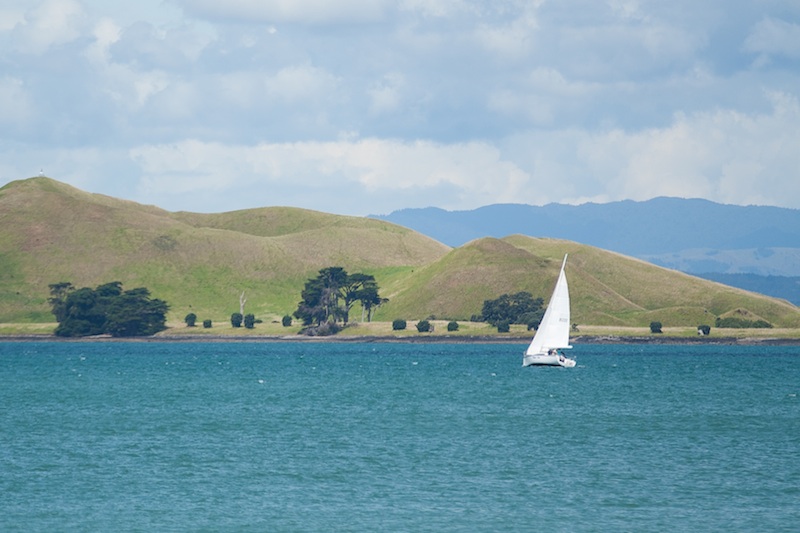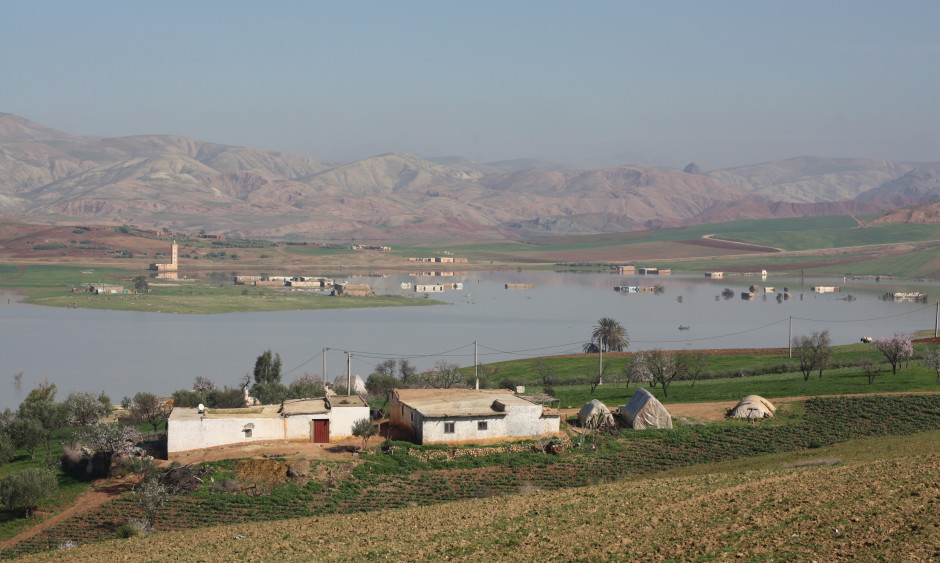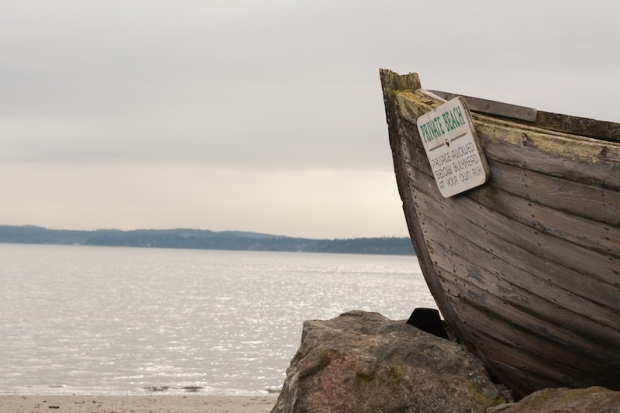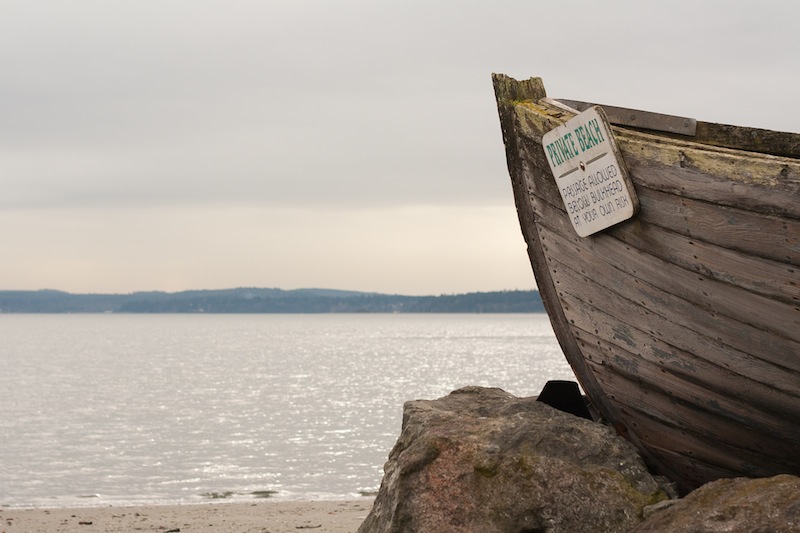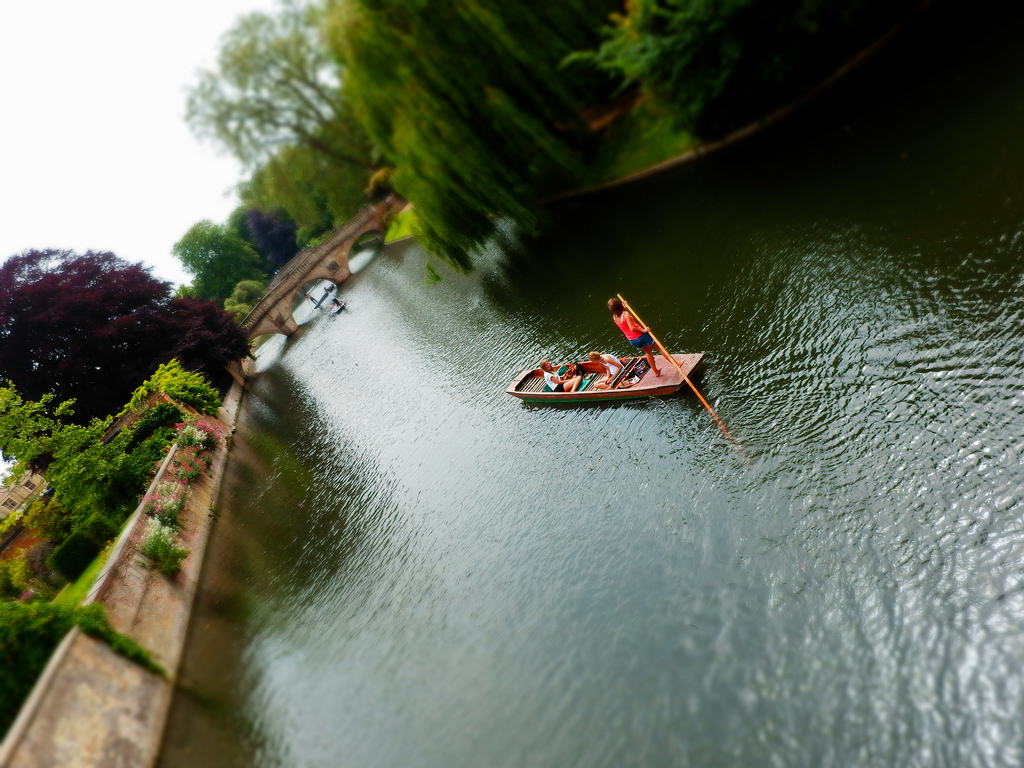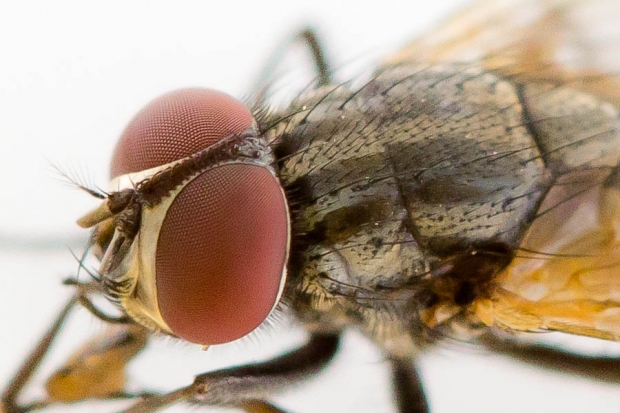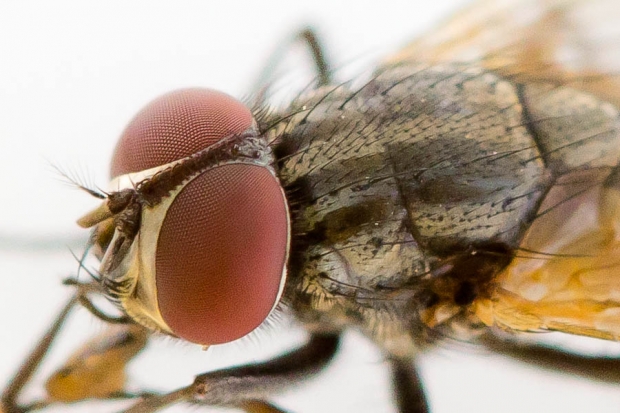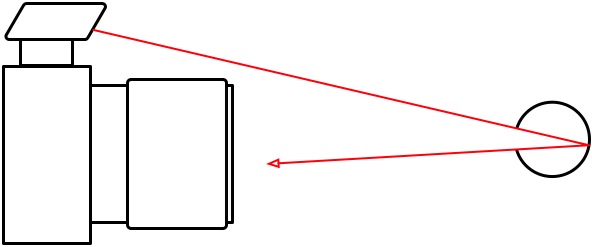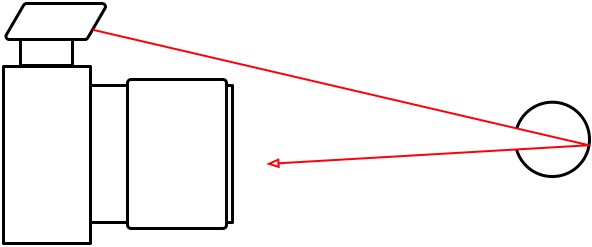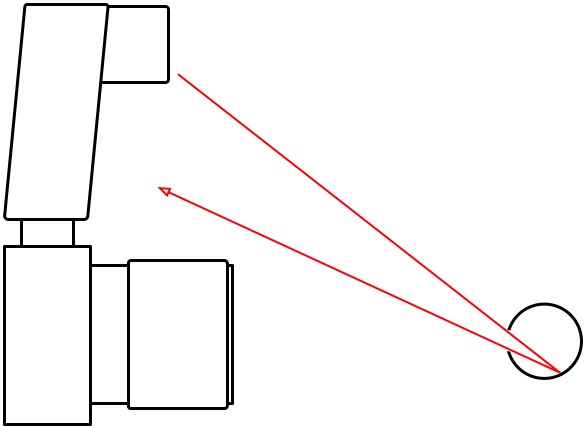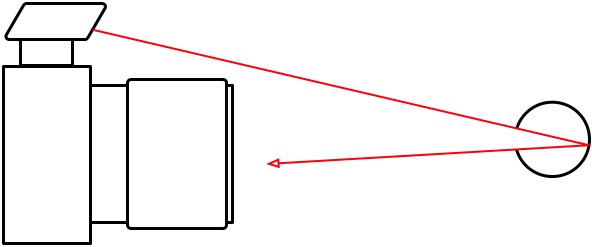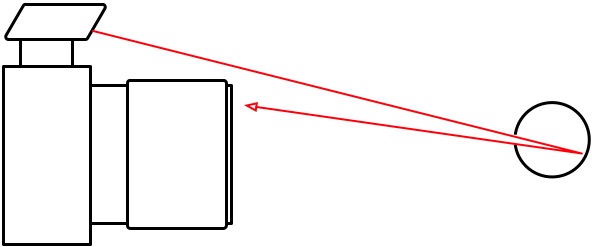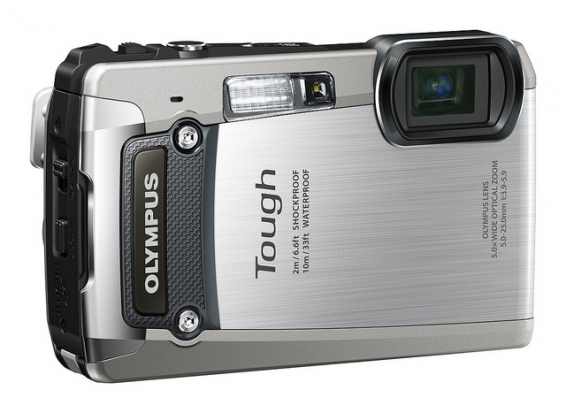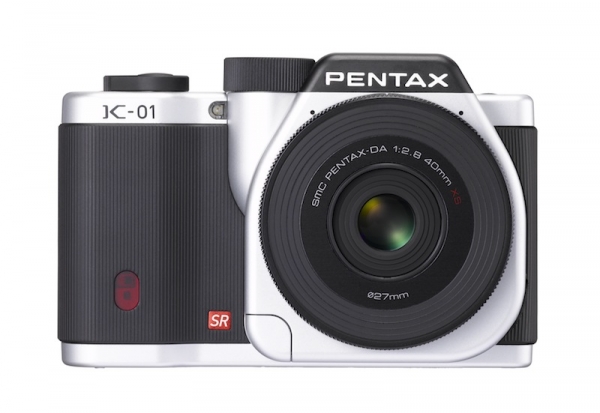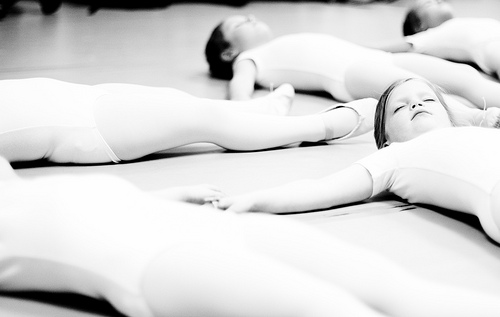Are you dreaming of travelling the world, camera in hand? Sure, you can go to the world heritage sites, the famous waterfalls and the prettiest viewpoints around the world, but if you really want to capture the essence of a place, it's worth doing some planning, and capturing the festivals and events that make the local cultures sparkle with awesomeness.
I've collected 25 of the most photogenic festivals and events around the world - Time to start saving some pennies and dusting off that passport!
1. Carnival - Carnival is a festival that is celebrated in many Catholic areas around the world. The Carnival in Rio de Janeiro though is by far the most famous. It is a huge event and lasts for almost an entire week. People flock to this festival for its colorful costumes, parades, and cultural festivities.
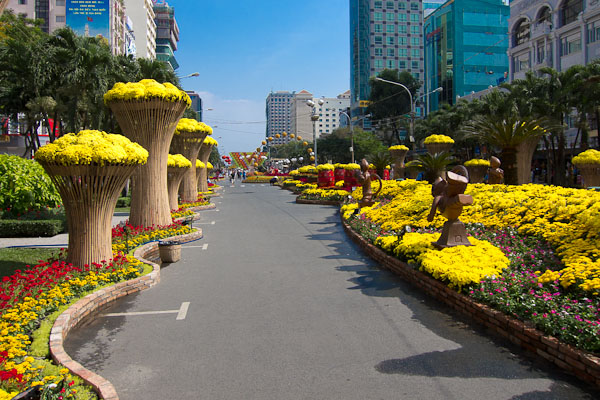
Chinese New Year: And this is before the streets fill with people!
2. Chinese New Year - The Chinese New Year is an amazing festival to photograph. Every year, there are many colorful floats and clothing items all over the streets of China. It gives photographers a chance to see the beauty of the Chinese culture.
3. Dia de los Muertos - Dia de los Muertos is a traditional Spanish festival that occurs each year in November. It is a day for honouring the dead, and it is full of traditional ceremonies and beautiful alters that each family makes for their dead loved ones. It has been compared to Halloween in the United States, and it's famous for getting a little bit crazy...

Photo: Dia de los Muertos (cc) Sébastien Prescott on Flickr.
4. Diwali - Diwali is a huge festival of Hindus. It is a celebration of happiness and joy, and it is a great place to photograph the culture of Hindus.
5. Cocuk Bayrami - Cocuk Bayrami, or Children's Day, is a Turkish holiday. On this day, children from all over Turkey dress up in national costumes and sing and dance.
6. May Day - May Day is celebrated all over the world. It is a festival that often includes children and is full of colourful costumes and different cultural events depending on the country that you are in. Search the internet to find a May Day festival near you.
7. St. Lucia Festival of Lights - St. Lucia Festival of Lights or St. Lucia's Day is a December festival, celebrated in much of Scandinavia. It is full of beautiful, traditional costumes, and candles a-plenty; great opportunities for photography!
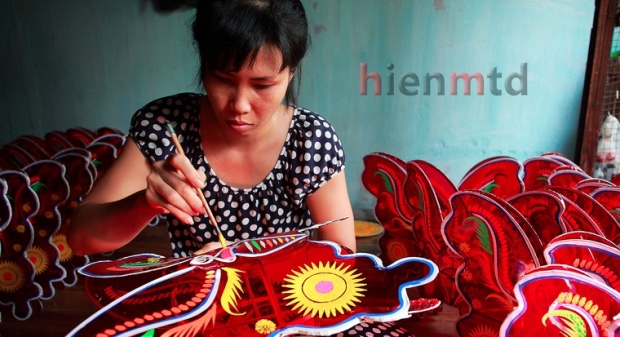
Photo: Đèn trung thu (cc) HienMtd on Flickr.
8. Trung Thu - Trung Thu is a traditional Mid-Autumn Festival in Vietnam. It is a festival that focuses on children and education. During this festival, there is a parade of lanterns in which children take part in.
9. Mardi Gras in New Orleans - Mardi Gras happens all over the world in many Catholic areas. It is normally a part of Carnival, but in many places it is celebrated instead of Carnival. If an American photographer doesn't want to travel too far to photograph an amazing cultural event, then they should go to Mardi Gras in New Orleans.
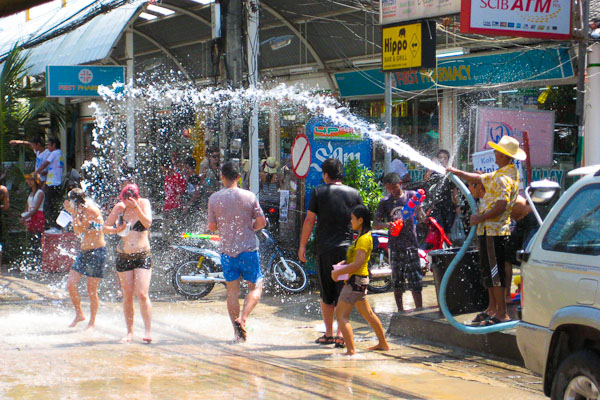
Photo: Songkran: it gets wet, but it's really good fun!
10. Songkran - Songkran is a Thailand festival that celebrates the new year. It is a national holiday, and is often full of water fights that make amazing photographs.
11. Tomatina - Tomatina is a festival in Spain that is a massive tomato fight. Photographers that flock to this festival definitely need to invest in a good cover for their cameras, otherwise they might get tomato sauce on their lens!
12. Boryeong Mud Festival - The Boryeong Mud Festival is held in South Korea each year and it is full of fun. Every year the citizens of South Korea go to the streets and have a massive mud fight. It is definitely an exciting festival to take part in - keep your camera well protected, though!
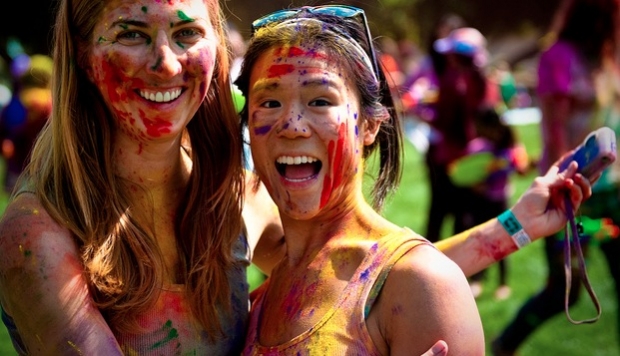
Photo: Stanford Holi : Best Friends (cc) Chris Willis on Flickr
13. Holi - The Indian Holi festival is a very widely known festival that happens after the full moon in March. It is often considered a festival of thanksgiving, and it draws extremely large crowds each year.
14. International Pillow Fight Day - International Pillow Fight Day happens all over the world and is a joy to watch. On this day, people head to the streets and start pillow fights with fellow participants. This is a fun and exciting event to photograph - check the website to find out where your local event is going down!.
15. Burning Man - The Burning Man festival is an annual festival in Nevada. It is a festival that is dedicated to art, self expression and self-reliance. Well, that, and an extraordinary amount of drugs, of course. Not all Burning Man participants are happy to be photographed, but ask for permission and snap away!
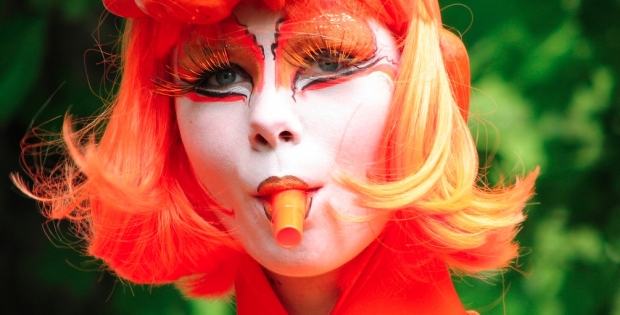
Photo: Queen's Day 2008 (cc) Hans S on Flickr
16. Koninginnedag (Queen's Day) - Koninginnedag is a festival in my native Netherlands that is held to celebrate the Queen's birthday. It is also a day in which everyone wears orange, gets inordinately inebriated, and goes to swim in the canals. Quite extraordinary, really...
17. Festa de Sao Joao - The Festa de Sao Joao is held in Brazil each year and it is the celebration of the summer solstice. People come from all over Brazil to light bonfires and do many traditional dances during the longest day of the year. flavorsofbrazil.blogspot.com/2010/06/happy-midsummer-feliz-festa-de-sao-joao.html
18. Homowo Festival - Homowo Festival is held in Ghana each year. It is a traditional festival from the Ga people of the Greater Accra Region. It is an event that not many photographers frequent, but it is a gorgeous festival filled with life and traditional ceremonies that are not seen very often.
19. Harvest Moon Festival - The Harvest Moon Festival in China is held every lunar month. It is full of traditional ceremonies and romantic festivities.
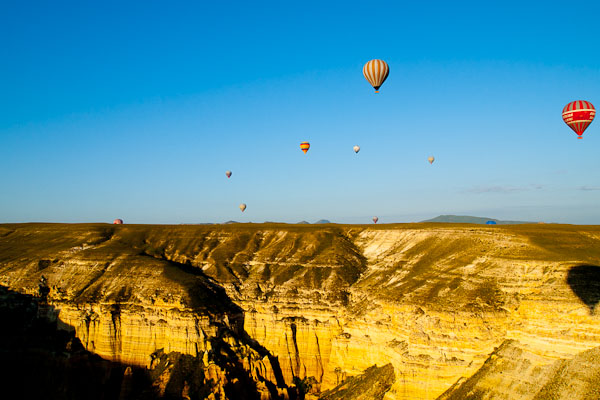
Ballooning: Join in for some spectular photo opportunities!
20. Balloon Festival - The Albuquerque International Balloon Festival is a breathtaking event to photograph. Every year, thousands of hot air balloons are set off into the air in Albuquerque. It is a must see event for every photographer. Of course, ballooning
21. Ku'omboka - Ku'omboka is a festival that is full of traditional culture in Zambia. It is held each year on Easter and it is full of traditional ceremonies and cultural events. http://www.liyoyelo.com/news/kuomboka.php
22. Lake of Stars Music Festival - The Lake of Stars Music Festival is a three-day long music festival held in Malawi each year. The festival is full of local music stars and even some big name international ones. It is a great place to photograph the culture of Malawi.
23. Cherry Blossom Festival - The Cherry Blossom Festival is held all over Asia and is a beautiful festival to photograph. The festival begins each year whenever the cherry trees bloom. People flock from all over Asia to view the gorgeous flowering trees.

Photo: Cherry Blossom (cc) Kiuko on Flickr.
24. Naadam - Naadam is held every year in Mongolia. It is a huge festival full of parades and classic Mongolian dancing. It is a wonderful cultural experience.
25. Pushkar - Pushkar is a festival in India that is considered one of the largest camel fairs in the world. It is held in India and it is full of camels, livestock such as chickens and cows and live music that plays well into the night.
Photographers all over the world flock to each of these festivals - with great reason; there's something about their celebration that makes people spring to life; and there can be little doubt that the joie de vivre shines through in your images as well!
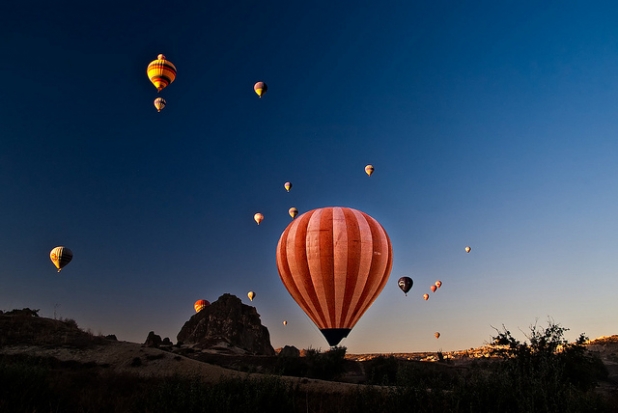







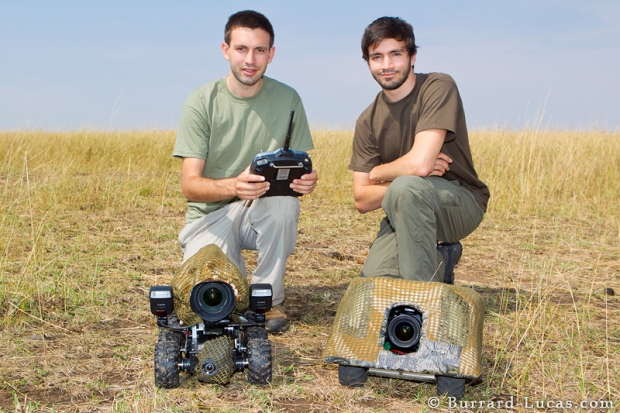

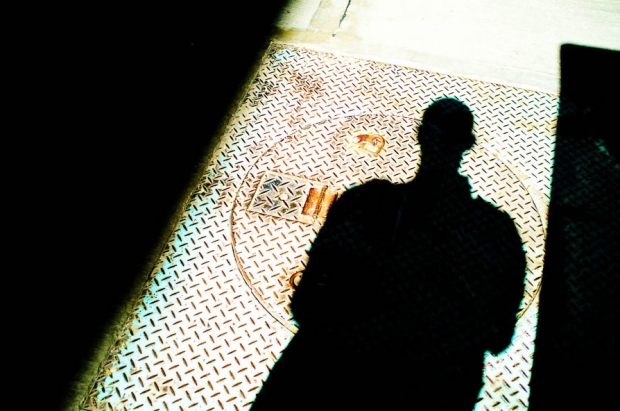
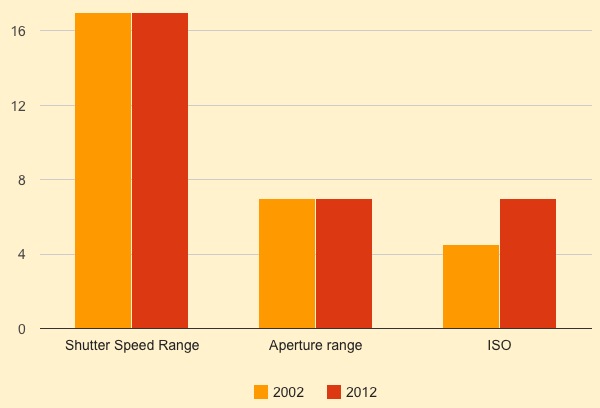
 Horizon on the upper third; shoreline on the lower third. Perfect!
Horizon on the upper third; shoreline on the lower third. Perfect!
